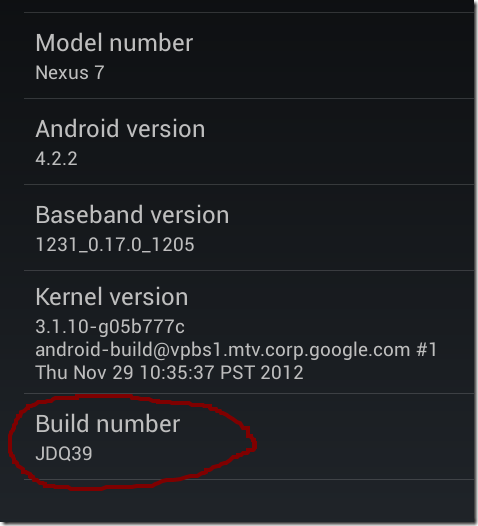HashMap can be used to store key-value pairs.
But sometimes you may want to store multiple values for the same key.
For example:
For Key A, you want to store - Apple, Aeroplane
For Key B, you want to store - Bat, Banana
For Key C, you want to store – Cat, Car
The following code snippets will show you at least 3 different ways of storing key-value pairs with a distinction of Single Key and Multiple Values
HashMap – Single Key and Multiple Values using List
package com.skilledmonster.examples.util.map;
import java.util.ArrayList;
import java.util.HashMap;
import java.util.List;
import java.util.Map;
/**
* HashMap - Single Key and Multiple Values using List
*
* @author Jagadeesh Motamarri
* @version 1.0
*/
public class SingleKeyMultipleValueUsingList {
public static void main(String[] args) {
// create map to store
Map<String, List<String>> map = new HashMap<String, List<String>>();
// create list one and store values
List<String> valSetOne = new ArrayList<String>();
valSetOne.add("Apple");
valSetOne.add("Aeroplane");
// create list two and store values
List<String> valSetTwo = new ArrayList<String>();
valSetTwo.add("Bat");
valSetTwo.add("Banana");
// create list three and store values
List<String> valSetThree = new ArrayList<String>();
valSetThree.add("Cat");
valSetThree.add("Car");
// put values into map
map.put("A", valSetOne);
map.put("B", valSetTwo);
map.put("C", valSetThree);
// iterate and display values
System.out.println("Fetching Keys and corresponding [Multiple] Values n");
for (Map.Entry<String, List<String>> entry : map.entrySet()) {
String key = entry.getKey();
List<String> values = entry.getValue();
System.out.println("Key = " + key);
System.out.println("Values = " + values + "n");
}
}
}
HashMap – Single Key and Multiple Values using Google Guava Collections
package com.skilledmonster.examples.util.map;
import java.util.Set;
import com.google.common.collect.ArrayListMultimap;
import com.google.common.collect.Multimap;
/**
* HashMap - Single Key and Multiple Values using Google Guava Collections
*
* @author Jagadeesh Motamarri
* @version 1.0
*/
public class SingleKeyMultipleValueUsingGuava {
public static void main(String[] args) {
// create multimap to store key and values
Multimap<String, String> multiMap = ArrayListMultimap.create();
// put values into map for A
multiMap.put("A", "Apple");
multiMap.put("A", "Aeroplane");
// put values into map for B
multiMap.put("B", "Bat");
multiMap.put("B", "Banana");
// put values into map for C
multiMap.put("C", "Cat");
multiMap.put("C", "Car");
// retrieve and display values
System.out.println("Fetching Keys and corresponding [Multiple] Values n");
// get all the set of keys
Set<String> keys = multiMap.keySet();
// iterate through the key set and display key and values
for (String key : keys) {
System.out.println("Key = " + key);
System.out.println("Values = " + multiMap.get(key) + "n");
}
}
}
HashMap – Single Key and Multiple Values using Apache Commons Collection
package com.skilledmonster.examples.util.map;
import java.util.Set;
import org.apache.commons.collections.MultiMap;
import org.apache.commons.collections.map.MultiValueMap;
/**
* HashMap - Single Key and Multiple Values using Apache Commons Collections
*
* @author Jagadeesh Motamarri
* @version 1.0
*/
public class SingleKeyMultipleValueUsingApacheCollections {
public static void main(String[] args) {
// create multimap to store key and values
MultiMap multiMap = new MultiValueMap();
// put values into map for A
multiMap.put("A", "Apple");
multiMap.put("A", "Aeroplane");
// put values into map for B
multiMap.put("B", "Bat");
multiMap.put("B", "Banana");
// put values into map for C
multiMap.put("C", "Cat");
multiMap.put("C", "Car");
// retrieve and display values
System.out.println("Fetching Keys and corresponding [Multiple] Values n");
// get all the set of keys
Set<String> keys = multiMap.keySet();
// iterate through the key set and display key and values
for (String key : keys) {
System.out.println("Key = " + key);
System.out.println("Values = " + multiMap.get(key) + "n");
}
}
}
Output
The output for all the above 3 scenarios will be same as the one below














